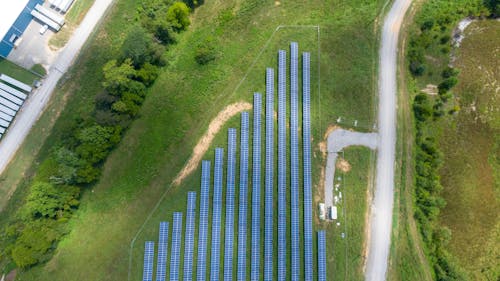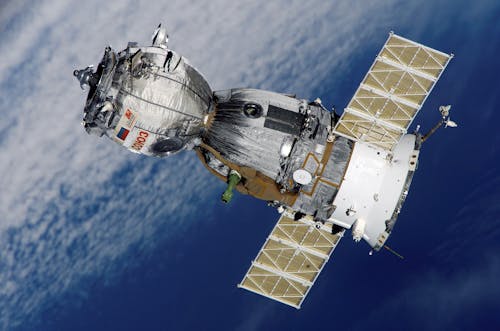
SOLAR ENERGY
Friday, December 6, 2019

SOLAR ENERGY
Solar energy is energy that comes from the sun. Every day the sun radiates, or sends out, an enormous amount of energy. The sun radiates more energy in one second than people have used since the beginning of time!
Where does all this energy come from? It comes from within the sun itself. Like other stars, the sun is a big gas ball made up mostly of hydrogen and helium. The sun generates energy in its core in a process called nuclear fusion. During nuclear fusion, the sun's extremely high pressure and hot temperature cause hydrogen atoms to come apart and their nuclei (the central cores of the atoms) to fuse or combine. Four hydrogen nuclei fuse to become one helium atom. But the helium atom weighs less than the four nuclei that combined to form it. Some matter is lost during nuclear fusion. The lost matter is emitted into space as radiant energy.

It takes millions of years for the energy in the sun's core to make its way to the solar surface, and then just a little over eight minutes to travel the 93 million miles to earth. The solar energy travels to the earth at a speed of 186,000 miles per second, the speed of light.
Only a small portion of the energy radiated by the sun into space strikes the earth, one part in two billion. Yet this amount of energy is enormous. Every day enough energy strikes the United States to supply the nation's energy needs for one and a half years!
Where does all this energy go? About 15 percent of the sun's energy that hits the earth is reflected back into space. Another 30 percent is used to evaporate water, which, lifted into the atmosphere, produce's rain-fall. Solar energy also is absorbed by plants, the land, and the oceans. The rest could be used to supply our energy needs.
some mega proiject
Park, China
The Longyangxia solar park has a total capacity of 850MW, sufficient to power 200,000 households.
The site sits on the Tibetan Plateau in northwestern China’s Qinghai province and is operated by State Power Investment Corporation, one of China’s top five power generators.
SOLAR PANNEL

Simply put, a solar panel works by allowing photons, or particles of light, to knock electrons free from atoms, generating a flow of electricity. Solar panels actually comprise many, smaller units called photovoltaic cells. (Photovoltaic simply means they convert sunlight into electricity.) Many cells linked together make up a solar panel.
Each photovoltaic cell is basically a sandwich made up of two slices of semi-conducting material, usually silicon — the same stuff used in microelectronics.

To work, photovoltaic cells need to establish an electric field. Much like a magnetic field, which occurs due to opposite poles, an electric field occurs when opposite charges are separated. To get this field, manufacturers "dope" silicon with other materials, giving each slice of the sandwich a positive or negative electrical charge.
Specifically, they seed phosphorous into the top layer of silicon, which adds extra electrons, with a negative charge, to that layer. Meanwhile, the bottom layer gets a dose of boron, which results in fewer electrons, or a positive charge. This all adds up to an electric field at the junction between the silicon layers. Then, when a photon of sunlight knocks an electron free, the electric field will push that electron out of the silicon junction.

A couple of other components of the cell turn these electrons into usable power. Metal conductive plates on the sides of the cell collect the electrons and transfer them to wires. At that point, the electrons can flow like any other source of electricity.
Recently, researchers have produced ultrathin, flexible solar cells that are only 1.3 microns thick — about 1/100th the width of a human hair — and are 20 times lighter than a sheet of office paper. In fact, the cells are so light that they can sit on top of a soap bubble, and yet they produce energy with about as much efficiency as glass-based solar cells, scientists reported in a study published in 2016 in the journal Organic Electronics. Lighter, more flexible solar cells such as these could be integrated into architecture, aerospace technology, or even wearable electronics.

There are other types of solar power technology — including solar thermal and concentrated solar power (CSP) — that operate in a different fashion than photovoltaic solar panels, but all harness the power of sunlight to either create electricity or to heat water or air.

